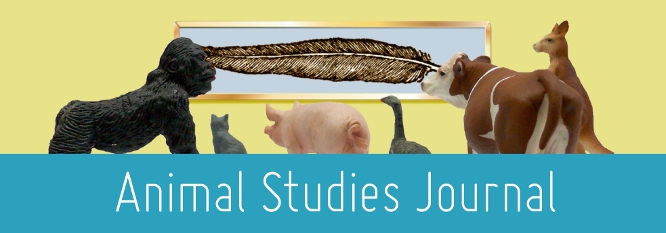Home > assh > ASJ > Vol. 5 (2016) > No. 1

Abstract
Honeybees are an important model species for understanding animal vision as free-flying individuals can be easily trained by researchers to collect nutrition from novel visual stimuli and thus learn visual tasks. A leading question in animal vision is whether it is possible to perceive all information within a scene, or if only elemental cues are perceived driven by the visual system and supporting neural mechanisms. In human vision we often process the global content of a scene, and prefer such information to local elemental features. Here we discuss recent evidence from studies on honeybees which demonstrate a preference for global information. We explore insights from imaging studies suggesting why a global preference may be important for foraging in natural environments where a holistic representation of elemental factors is advantageous. Thus we aim to provide a brief new insight into how animal vision may perceive the complex world in which we must all operate and suggest further ways to test this.
Recommended Citation
Dyer, Adrian G.; Howard, Scarlett R.; and Garcia, Jair E., Through the Eyes of a Bee: Seeing the World as a Whole, Animal Studies Journal, 5(1), 2016, 97-109.Available at:https://ro.uow.edu.au/asj/vol5/iss1/7
Included in
Art and Design Commons, Australian Studies Commons, Creative Writing Commons, Digital Humanities Commons, Education Commons, Feminist, Gender, and Sexuality Studies Commons, Film and Media Studies Commons, Fine Arts Commons, Philosophy Commons, Social and Behavioral Sciences Commons, Theatre and Performance Studies Commons

